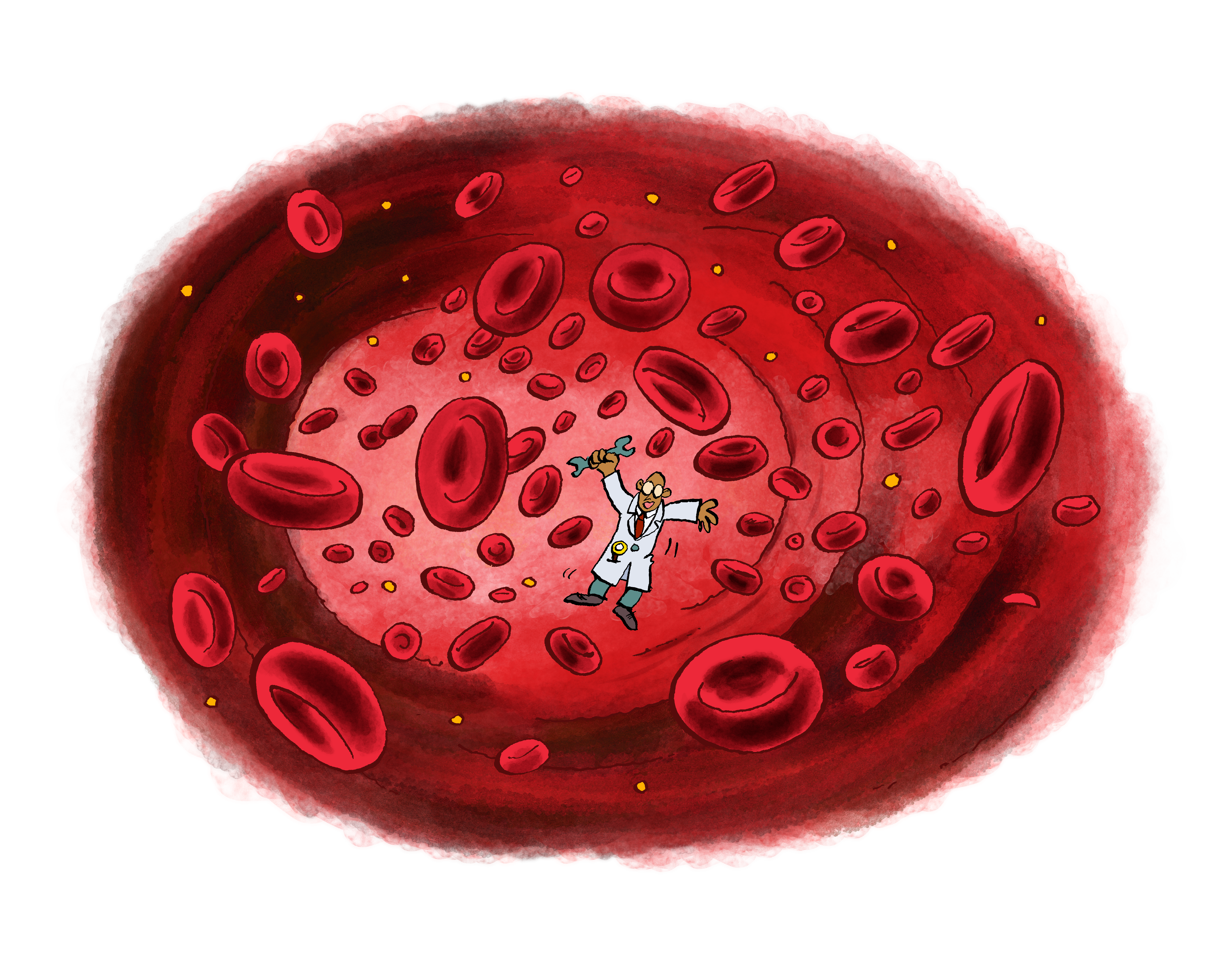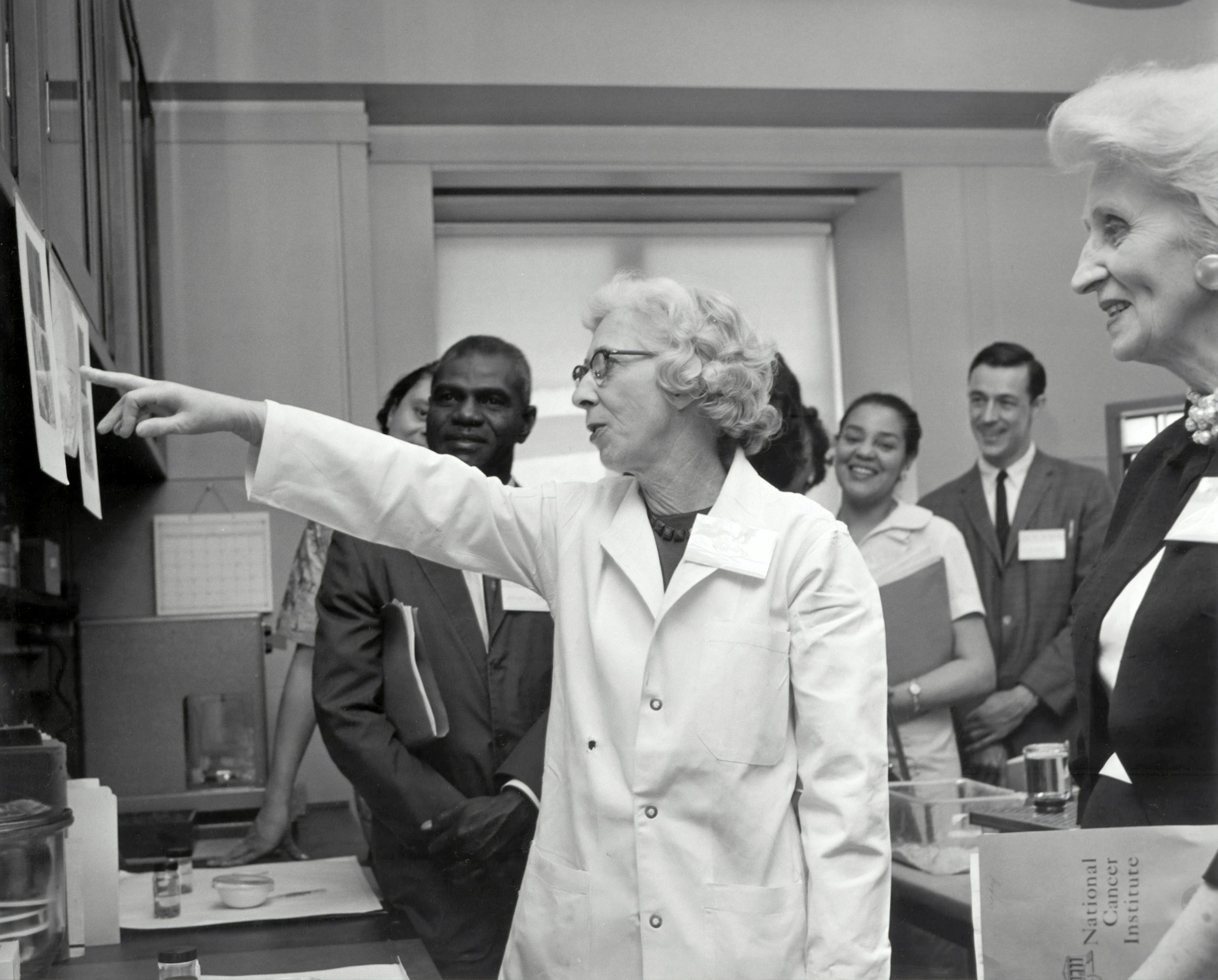Dhruval Soni discusses the future of nanotechnology in medicine.
The past decades have seen robots become smaller and smaller, until in March last year this development moved past a long-standing frontier – robots became microscopic and thus viable for entry into the human body. Every field of medicine from oncology to paediatrics will be influenced when robotics becomes integrated with healthcare. May this be a technology to revolutionize medicine?
How could nanobots act on our body?
One potential benefit of the medical nanobots is to reduce the severity of strokes, which cause 32,000 deaths annually in the UK alone. Robots in our blood could navigate to an accumulated blood clot in the brain and ‘burrow’ through the clot, secreting enzymes to break apart the blockage and restore blood flow. Further, a recent study found that nanorobots injected into mice can starve tumours of their blood supply and hence fight off cancer. Here robots contain sheets of DNA wrapped around tumour-destroying enzymes, that bind with a protein only found in tumours. This technique has great potential because it targets cancerous cells without harming healthy tissue, avoiding the unpleasant or dangerous side effects associated with most cancer drugs currently available.
No one knows yet exactly how consumer nanobots will appear but they might end up looking similar to bacteria that are of the same size. For example, a study published in 2017 looked at how navigation through the bloodstream could be achieved through rotating projections similar to bacterial flagellae. This would allow for highly targeted delivery of medical payloads in a minimally invasive procedure. Other techniques currently being explored include coating the robots with proteins and guiding them magnetically to an injury site, and even integrating micro-motors powered by gas bubbles rising from reactions in the stomach. The latter techniques brought about the first nanorobot-powered drug delivery into the body.
Magic bullet or Pandora’s Box?
Obviously, many people might be opposed to the use of an unfamiliar concept such as medical nanobots. A specific reason for concern may be the uncertain long-term effect on human health, which research has yet to address.
For example, some robots already tested in the animal model use artificial magnetic fields to fight cancerous tumours, which may disrupt the electrical activity of the heart. Yet, a more general problem might be the size these robots: materials that are not normally harmful could become toxic on the nano scale and end up posing a significant health risk. Nanobots might pass to the foetus in pregnant women or cause lung inflammation when they are absorbed by lung cells and induce local effects. To date, the procedure for removing nanobots from the body has barely been investigated. Robots decaying on their own inside the body is only one of many issues that needs refinement.
The public must be made aware of the potential risks of new technology before it is adopted by the consumer market, and long-term studies are needed to examine the safety of nanomedicine products. We know that participants often underestimate the risk factors of taking part in research studies, so the testing of the technology itself must be strictly regulated. The world of possibility opened up by nanotechnology can all too easily become a pandora’s box. It might never have been more crucial for the scientific community to be aware of technological developments. Medicine continues to change at breakneck speed, and with the emergence of nanorobots, the stage is set for a transformation.
Artwork by Ralf Zeigermann.





